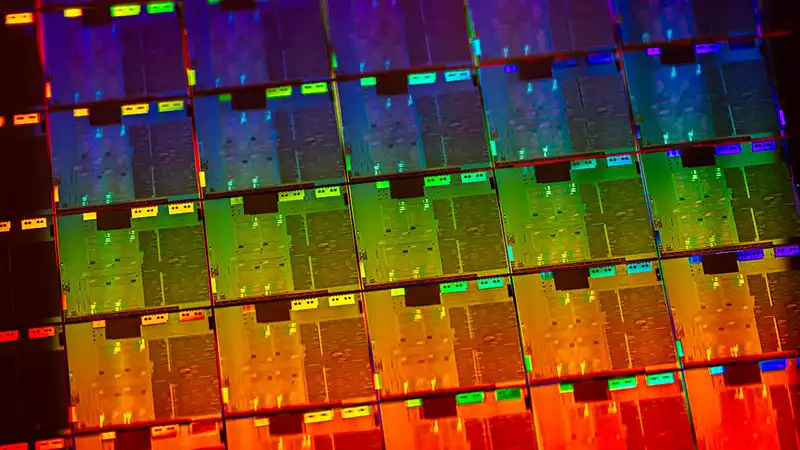I feel like I've been waiting 100 years for Intel to announce a desktop processor based on the 10 nanonode. As far as I know, 10nm desktop CPUs are still slated to appear. But don't expect 10nm to dominate the consumer market and terrorize rival AMD, which produces 7nm chips.
Davis, who attended the Morgan Stanley conference, seemed to try to temper expectations about Intel's ongoing shift to 10nm. He noted that we are "definitely in the 10nm era" and revealed that Intel "will have another 10nm+ this year," but also said that the node as a whole will not be the best Intel has ever experienced.
"As I said at Analyst Day in May 2019, this will not be the best node Intel has; it will be less productive than 14 nanometers and less productive than 22 nanometers. But we are excited about the improvements we are seeing and expect to start the 7-nanometer period at the end of 2021 and have a much better performance profile than that," Davis said.
If you visit Intel's webcast (no registration required), you can listen to the comments starting around 18:05.
"Why this is important" Die scaling usually leads to better performance, power efficiency, and sometimes cheaper pricing (or, at least, better value for money). AMD's Zen architecture is the first in a series of newer, more advanced designs, which the company introduced in its Zen 2 (or Ryzen 3000 on desktops) and Ryzen 3000 series), which showed its true value when it moved to 7nm. [Meanwhile, Intel has been fueling the 14nm node for several generations, which underpins the latest generation of Comet Lake processors that will soon be available in desktop form.
There is no universal system for naming nodes, and without delving too deeply into manufacturing complexity, Intel's 10nm node is roughly equivalent to AMD's 7nm node from a technical perspective. However, it is well known that Intel has struggled with the transition to 10nm, and the company now appears to be looking to overcome 10nm as quickly as possible.
"We wanted to clarify what is happening with the 10nm generation as a matter of fact. The fact is, it's not going to be as powerful a node as people expect from 14nm, or as powerful as we're seeing at 7nm," Davis added.
Whether he is talking about yield, performance, or both is entirely unclear. Either way, it's an interesting message from Intel. [Update: He was talking about yield. According to Intel, when Davis said "performance," he meant yield performance, not compute performance."]
Davis also said that Intel needs to "accelerate the overlap" between the 10nm and 7nm nodes and between the 7nm and 5nm nodes in order to "regain process leadership." In other words, both AMD (through its manufacturing partner TSMC) and to some extent Samsung are holding the baton in that regard, and Intel is not expected to rush ahead to 7nm and/or 5nm.


Comments